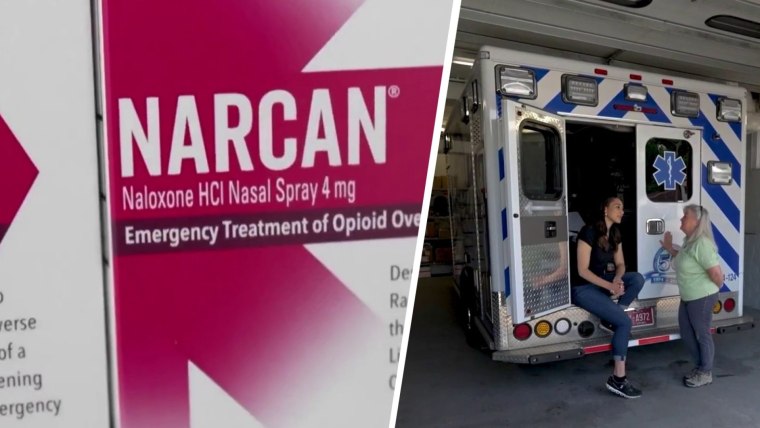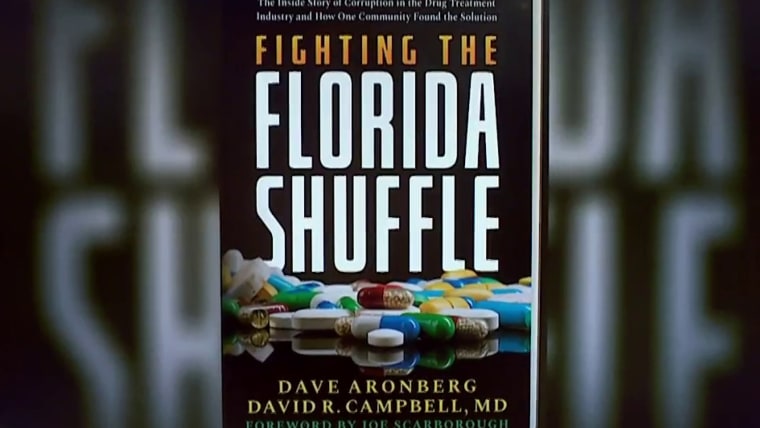If President Donald Trump had done nothing over the last six months, he could be crowing loudly about the country’s success in fighting the opioid crisis right now.
In 2023, fatal overdoses dropped for the first time in five years. In 2024, they fell 24% from the previous year. A report from early 2025 showed that fatal fentanyl overdoses had gone down in every single state and the District of Columbia. It seemed that the nation was finally turning a corner after years of ever-worsening news from this “modern plague.”
But rather than capitalize on what experts have called “historic” and “very, very exciting” trends, the Trump administration has spread misinformation, cut key funding and dismantled some of the most effective tools for preventing overdose deaths. Now it appears the U.S. may be backsliding, with the latest blow coming from a bill Trump signed on the Fourth of July.
The problem began at the very beginning of Trump's second term, when the White House made a series of inaccurate statements that immediately undermined its credibility on the opioid crisis. First, White House press secretary Karoline Leavitt falsely claimed that fentanyl has killed “tens of millions of Americans.” (The Centers for Disease Control and Prevention reports that deaths from all opioids between 1999 and 2022 add up to “nearly 727,000,” which is horrifying enough, but nowhere near Leavitt’s claim.)
This was followed by Attorney General Pam Bondi proclaiming that the Trump administration’s fentanyl seizures have saved “over 119 million lives,” an estimate she later raised to 258 million. (Both numbers have been thoroughly debunked by Slate and PolitiFact, but there are only 342 million Americans, so that would be somewhere between a third and three-fourths of the entire country.)

Elsewhere, Trump’s White House cited fentanyl as a rationale for tariffs against Canada despite the fact that less than 1% of the U.S. supply of fentanyl originates from our northern neighbor. And to monitor the progress of this false-premise-based policy, the White House demanded information on fentanyl overdoses that, according to The New York Times, “does not exist.”
Things got worse from there.
To oversee the nation’s massive public-health apparatus, Trump nominated Robert F. Kennedy Jr., a man with no medical training and questionable views on treating addiction. Kennedy proceeded to tear down the Substance Abuse and Mental Health Services Administration with such zeal that one former agency official wrote that “in just three months, Trump and Kennedy have dismantled 30 years of federal mental health and substance use leadership.”
Elsewhere, the administration has halted billions of dollars in pandemic-era funding for states that backed critical addiction-related services across the country. These cuts had immediate effects on lifesaving services, with an Indiana organization laying off three workers and a Texas support service shuttering its 24/7 call line, among numerous examples collected by KFF Health News. Other proposed cuts would be especially damaging in Appalachian communities that backed Trump.
And then there is the so-called Big, Beautiful Bill.
Among its other effects, Trump’s budget would kick 17 million people off of their health coverage, mostly via Medicaid cuts. And because Medicaid has long been the nation’s largest payer for addiction treatment, this has folks on the front lines of the overdose crisis really scared.
Cutting Medicaid will almost certainly have fatal consequences.
The math here is achingly simple: treatment for substance use saves lives and Medicaid gives people access to such treatment. Cutting Medicaid will almost certainly have fatal consequences.
In February, a Harvard professor of health care policy wrote that significant cuts to the program would “substantially reduce the nation’s economic commitment to addressing the opioid epidemic.” Soon after, the director of the Drug Policy Alliance warned that Medicaid cuts would have "catastrophic consequences" for people struggling with substance abuse. Professors from Boston University and the University of Pennsylvania warned that the cuts would cause at least 150,000 people to lose access to treatment, leading to 1,000 more fatal overdoses each year.
The bill passed anyway. The president signed it on the Fourth of July, in a ceremony with a military flyover.
Trump often says that he is heralding a “golden age” for the country. But when it comes to our decadeslong fatal overdose crisis, the reverse seems true. Things were looking brighter when he took office. Now it looks like he is steering us back toward the darkness.
Subscribe to the Project 47 newsletter to receive weekly updates on and expert insight into the key issues and figures defining Trump’s second term.

